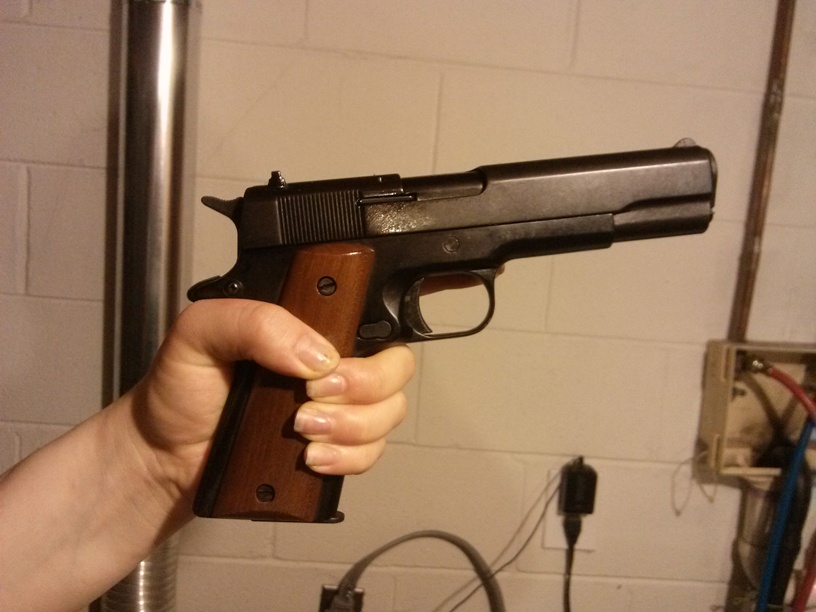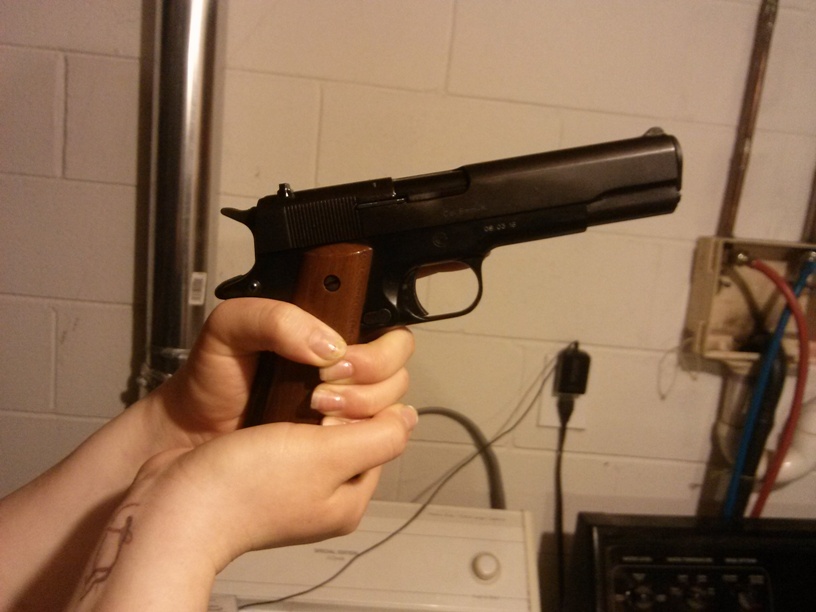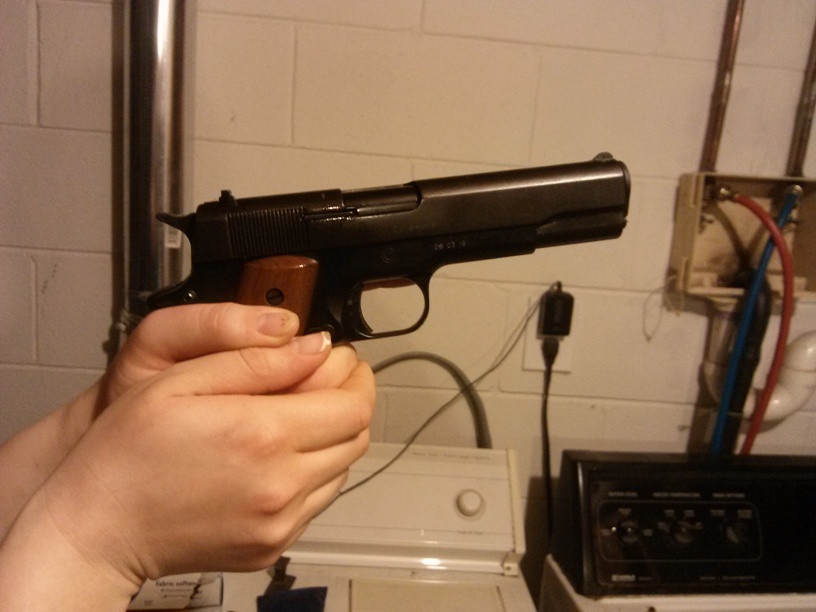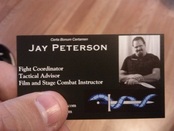Since it's one I actually haven't answered yet, I'll give it a go.
First off: when cops are allowed to shoot people.
I covered this in my earlier note on three kinds of police shootings, but Cliff's notes version is this.
To use lethal force, the suspect you are facing needs to show...
- Ability (physically capable of killing/severely hurting you. e.e. has a gun)
- Opportunity (close enough to kill/severely hurt you. e.e. in range of their weapon)
- Jeopardy (reasonably look like they're going to try and kill/severely hurt you)
All three need to be there AT THAT EXACT MOMENT IN TIME.
The police shootings we typically see publicized all take place within a minute or two of a suspect encountering an officer. Whether they seemed to be attacking an officer (Brown), reaching for a weapon while resisting arrest (Sterling), were being SWATed (Crawford), or looked like they were drawing a weapon (Rice), all of these cases could be argued to have all three aspects needed for lethal force to be justified.
(Keep in mind I did NOT say they all were justified, or that said arguments were particularly strong. Just that they could be argued.)
Now, mass shootings.
While they're still rare enough that getting a sample size is tricky, the majority of mass shooters in the U.S. are what I call "Avatars," (some academic will dream up a more hoity-toity term, I'm sure). These guys, once they gear up and pull the trigger for the first time, are in complete control of their world. This control lasts up until they meet some form of resistance.
This resistance can take a couple of different forms. The Aurora theater shooter had a magazine jam. The Gabby Giffords shooter was tackled by bystanders. And the SC church shooter simply ran out of targets.
When a shooter of this type meets resistance, they either commit suicide or surrender. Neither of which meets the three criteria for lethal force I mentioned above. The SC and Aurora shooters simply walked out and surrendered.
Occasionally a shooter is taken alive by sheer luck. The Ft. Hood shooter (not an example of an "Avatar," but that's another story) was shot five times before he lost consciousness. He lived, but was in a coma for about a day and is now a paraplegic.
I haven't seen much analysis from the shootout with the NJ bomber, but from the huge bandage on his leg I'm guessing he either surrendered or was crippled after being shot in the leg. (And No, that is NOT an excuse for shooting people in the leg. The cop who fired the shot was probably aiming for his solar plexus. Bullets do screwy things in combat. This one seemed to have hit his femur and NOT his femoral artery, which would have killed him within 2 minutes. That's not effective shooting. It's sheer fucking luck.)
(And for those of you mentioning, "Hand's up, don't shoot," That. Never. Happened. It was a bullshit line told to a reporter by a resident of the neighborhood who wasn't there at the time, and it became a catchphrase. Two investigations and six eyewitnesses proved in court that it never fucking happened. Please quit perpetuating lies, thank you.)
So, in as small but detailed a nutshell as I can make, that's why.
I just can't make a smug meme out of it.








 RSS Feed
RSS Feed
